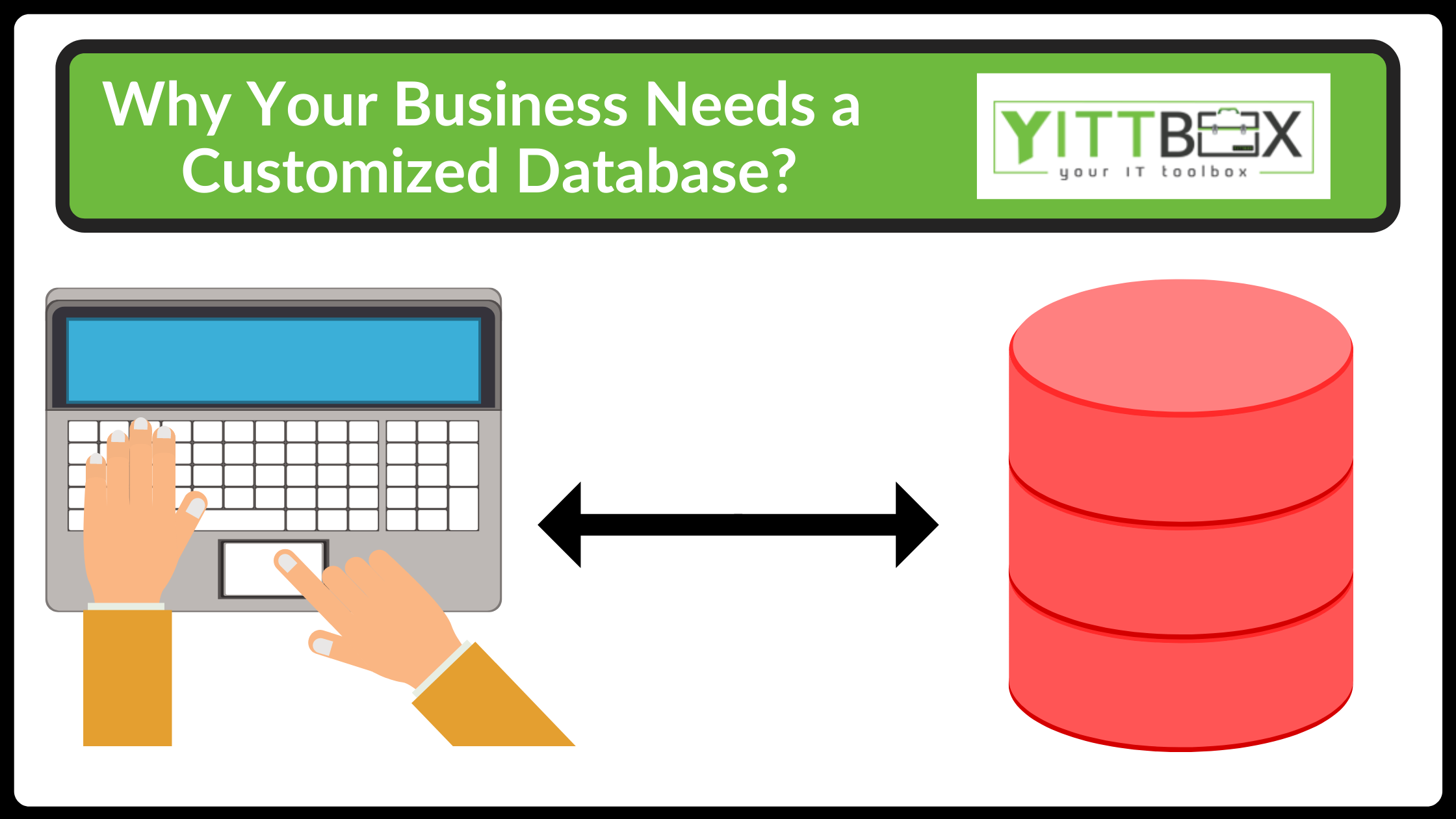Introduction:
In the dynamic landscape of modern software development, effective management of data is paramount. When it comes to working with data in .NET applications, database connectivity plays a pivotal role. This blog dives into the world of database connectivity and introduces the powerful tool known as Entity Framework. Discover how these tools enhance data handling and streamline development within the .NET ecosystem.
1. Database Connectivity in .NET
Database connectivity is the backbone of data-driven applications, enabling them to store, retrieve, and manipulate information seamlessly. .NET offers various methods to establish database connections, including:
a. ADO.NET
ADO.NET is a core data access technology in .NET, providing classes and methods to interact with databases. It allows developers to establish connections, execute queries, and manage data through DataReaders and DataSets. ADO.NET offers fine-grained control over database interactions and is ideal for performance-critical scenarios.
b. Connection Strings
Connection strings are configuration settings that define how a .NET application connects to a database. They include information such as the database server, credentials, and other options. Proper management of connection strings enhances security and flexibility when deploying applications.
2. Introducing Entity Framework (EF)
Entity Framework is a robust Object-Relational Mapping (ORM) framework that simplifies database interactions by abstracting the underlying database logic. EF allows developers to work with data using high-level object-oriented constructs, bridging the gap between the application's object model and the relational database schema.
a. Code-First Approach
With EF's Code-First approach, developers define the application's data model using classes and attributes. EF then generates the database schema based on these class definitions. This approach promotes rapid development and ensures that the database schema evolves alongside the application's requirements.
b. Database-First Approach
In the Database-First approach, developers create the database schema using visual tools or SQL scripts. EF then generates corresponding entity classes and context based on the database schema. This approach is suitable for projects with an existing database structure.
3. Benefits of Using Entity Framework
Entity Framework offers several advantages for data-driven .NET applications:
Abstraction: EF abstracts the complexities of database interactions, allowing developers to focus on application logic rather than SQL intricacies.
Productivity: EF's high-level constructs speed up development by eliminating the need to write boilerplate code for data access.
Maintainability: EF promotes a clean separation between data access and application logic, making it easier to maintain and refactor code.
Security: EF includes security features like parameterized queries, guarding against SQL injection attacks.
Testing: EF supports in-memory databases, enabling unit testing without the need for a physical database.
Conclusion: Working with Data in .NET: Database Connectivity and Entity Framework
Working with data in .NET applications is a fundamental aspect of software development. Whether you're building a small application or a complex enterprise system, understanding database connectivity and utilizing tools like Entity Framework can significantly enhance your development process. By leveraging the power of database connectivity, you can seamlessly interact with databases, while Entity Framework empowers you to create efficient, maintainable, and scalable applications. As you continue your journey in .NET development, remember that mastering these data handling techniques will undoubtedly position you as a skilled and innovative developer in today's competitive software landscape







